Things To Do
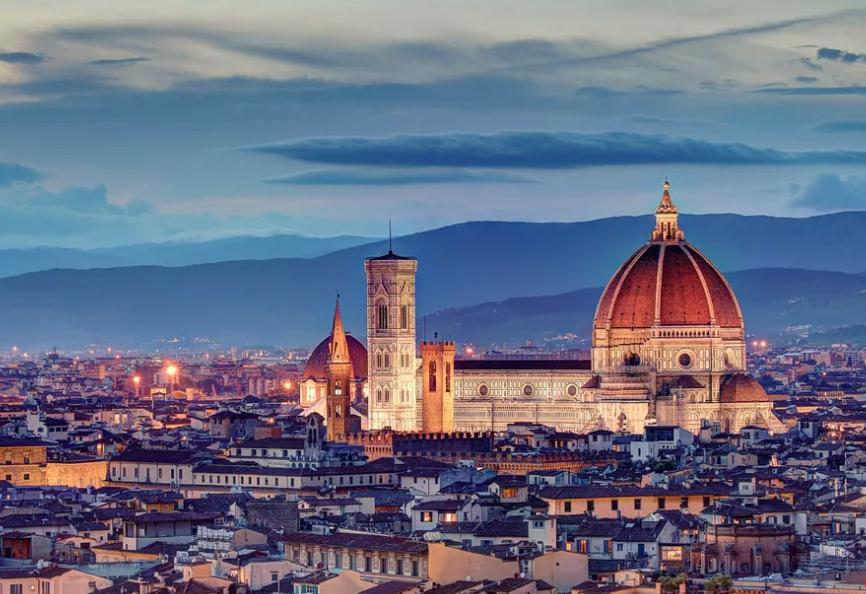
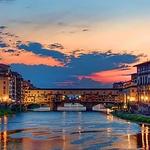
Ponte Vecchio
One of the most iconic sites in Florence, the Ponte Vecchio, or old bridge, lives up to its name. Bridging the Arno at its narrowest point, the Ponte Vecchio is an arched bridge with covered shops that look from afar like houses. Though the shops used to be primarily butchers in the 15th century, they now tend more to the tourist trade, filled with jewelers and trinket sellers.
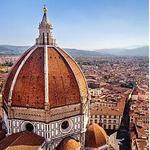
Piazza del Duomo
Located in one of the most visited squares in the world, the Piazza del Duomo towers above the city. Designed by Florence’s own Brunelleschi, it was the largest dome of its kind for centuries and remains a feat of engineering and an architectural masterpiece. After admiring it from the outside, reserve your spot and climb the 463 steps to enjoy the view of Florence from inside the city’s epicenter.
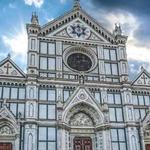
Basilica of Santa Croce in Florence
The Basilica di Santa Croce is the principal Franciscan church in Florence, Italy, and a minor basilica of the Roman Catholic Church. This Neo-Gothic Franciscan church known for its Giotto frescoes, plus tombs of Michelangelo & Galileo is situated on the Piazza di Santa Croce, about 800 meters south-east of the Duomo.
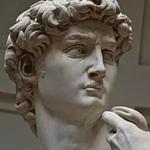
Galleria dell'Accademia
The Galleria dell'Accademia di Firenze, or "Gallery of the Academy of Florence", is an art museum in Florence, Italy. It is best known as the home of Michelangelo's sculpture, David. David is a masterpiece of Renaissance sculpture created in marble between 1501 and 1504 by the Italian artist Michelangelo. David is a 5.17-metre marble statue of the Biblical hero David, a favoured subject in the art of Florence.
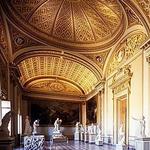
Uffizi Gallery
The Uffizi Gallery is a prominent art museum located adjacent to the Piazza della Signoria in the Historic Centre of Florence. One of the most important Italian museums and the most visited, it is also one of the largest and best known in the world and holds a collection of priceless works, particularly from the period of the Italian Renaissance. Uffizi Palace and Gallery
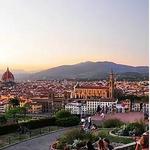
Piazzale Michelangelo
Piazzale Michelangelo is a square with a panoramic view of Florence, Italy, located in the Oltrarno district of the city. The square, dedicated to the Renaissance sculptor Michelangelo, has bronze copies of some of his marble works found elsewhere in Florence: the David and the four allegories of the Medici Chapel of San Lorenzo.
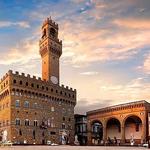
Piazza della Signoria
Piazza della Signoria is an L-shaped square in front of the Palazzo Vecchio in Florence, Italy. It was named after the Palazzo della Signoria, also called Palazzo Vecchio. It is the main point of the origin and history of the Florentine Republic and still maintains its reputation as the political focus of the city. It is the meeting place of Florentines as well as the numerous tourists, located near Palazzo Vecchio and Piazza del Duomo and gateway to Uffizi Gallery.
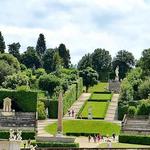
The Boboli Gardens
The Boboli Gardens is a historical park of the city of Florence that was opened to the public in 1766. Originally designed for the Medici, it represents one of the first and most important examples of the "Italian Garden", which later served as inspiration for many European courts. The large green area is a real open-air museum with statues of various styles and periods, ancient and Renaissance that are distributed throughout the garden.